
Municipal peer-to-peer learning in integrating transport,
land-use planning and energy policy at district level
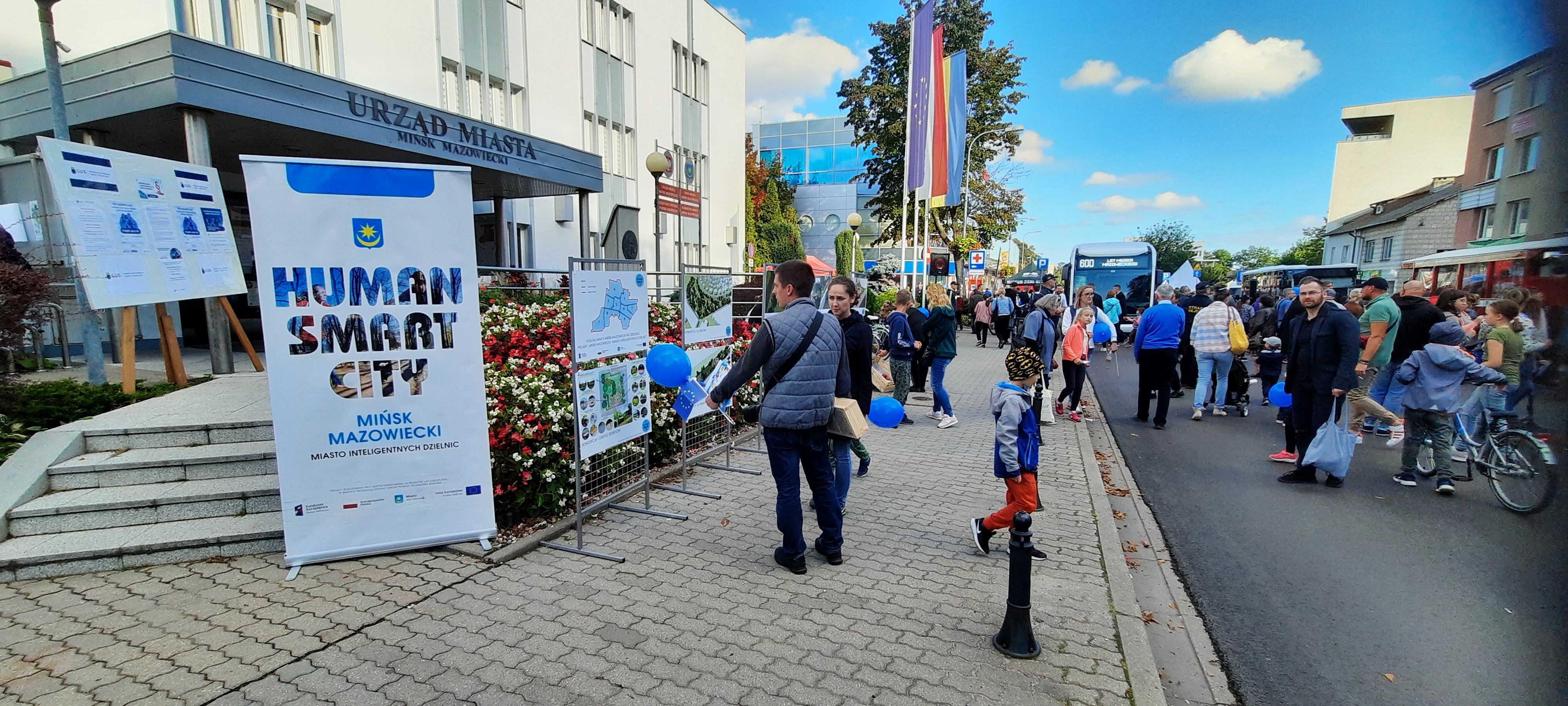 Engaging residents in decision-making processes is one of the key aspects for the optimal functioning of local governments. An increasing number of cities and municipalities decide to introduce participatory (civic) budgets in which residents decide by popular vote on the activities of local governments related to the implementation of investments in a given area. Another tool of this type is the Local Initiative, in the framework of which informal groups may submit project ideas with the contribution of residents. Having a real impact on the activities carried out in their own area, the residents have a sense of empowerment and belonging, and try to achieve the most beneficial effects. On the other hand, local governmens strengthen their ties with local communities and can effectively manage their areas.
Engaging residents in decision-making processes is one of the key aspects for the optimal functioning of local governments. An increasing number of cities and municipalities decide to introduce participatory (civic) budgets in which residents decide by popular vote on the activities of local governments related to the implementation of investments in a given area. Another tool of this type is the Local Initiative, in the framework of which informal groups may submit project ideas with the contribution of residents. Having a real impact on the activities carried out in their own area, the residents have a sense of empowerment and belonging, and try to achieve the most beneficial effects. On the other hand, local governmens strengthen their ties with local communities and can effectively manage their areas.
 City of Ostrołęka makes sure that residents do not have to travel by car, but can choose either their own or city bike for transport. The city's bike infrastructure has been enriched with four more repair stations. The new facilities are located at the city bike rental stations. Each station is equipped with tools and accessories enabling the ongoing maintenance of two-wheelers. The following are available on site: a cross screwdriver, a flat screwdriver, an adjustable wrench, two flat wrenches, a set of hexes and two tire levers with a steel core. An extremely useful and practical element is, above all, a stationary hand pump with a plunger and a pressure gauge.
City of Ostrołęka makes sure that residents do not have to travel by car, but can choose either their own or city bike for transport. The city's bike infrastructure has been enriched with four more repair stations. The new facilities are located at the city bike rental stations. Each station is equipped with tools and accessories enabling the ongoing maintenance of two-wheelers. The following are available on site: a cross screwdriver, a flat screwdriver, an adjustable wrench, two flat wrenches, a set of hexes and two tire levers with a steel core. An extremely useful and practical element is, above all, a stationary hand pump with a plunger and a pressure gauge.
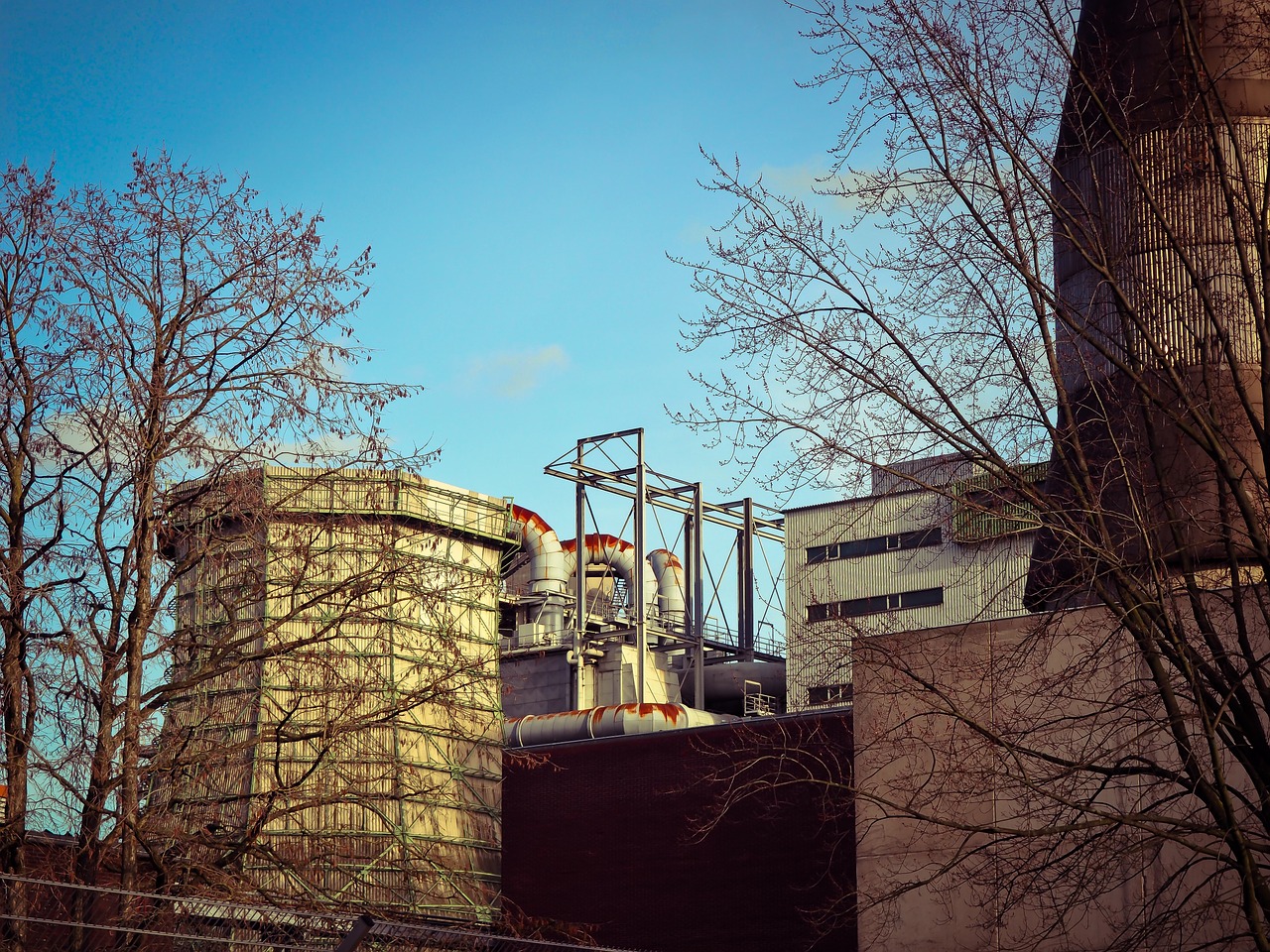 Urban planning provides answers to questions about the functioning of communities in a given area, which involves many challenges of a complex, multifaceted nature. The absolute need to meet the different needs of the inhabitants at the same time creates competition for space and resources, which is disadvantageous from the user’s point of view. For this reason dealing with the challenges in a sectoral way is not efficient and one might even say impossible, due to the complexity of the links between them. The answer to these problems lies in cooperation between the different sectors in order to achieve maximum benefits. Such actions are known as integrated urban planning.
Urban planning provides answers to questions about the functioning of communities in a given area, which involves many challenges of a complex, multifaceted nature. The absolute need to meet the different needs of the inhabitants at the same time creates competition for space and resources, which is disadvantageous from the user’s point of view. For this reason dealing with the challenges in a sectoral way is not efficient and one might even say impossible, due to the complexity of the links between them. The answer to these problems lies in cooperation between the different sectors in order to achieve maximum benefits. Such actions are known as integrated urban planning.
Read more: Integrated urban planning and development of district heating system
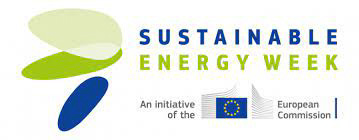 From 25-29 October 2021, we celebrated the European Sustainable Energy Week (EUSEW) - the largest event in Europe, organised by the European Commission, dedicated to energy efficiency and renewable energy sources. This year's edition was held under the theme: 'Direction 2030: transforming Europe's energy system', and the MULTIPLY project was given a special place on the agenda: it was the topic of one of the EnergyTalks.
From 25-29 October 2021, we celebrated the European Sustainable Energy Week (EUSEW) - the largest event in Europe, organised by the European Commission, dedicated to energy efficiency and renewable energy sources. This year's edition was held under the theme: 'Direction 2030: transforming Europe's energy system', and the MULTIPLY project was given a special place on the agenda: it was the topic of one of the EnergyTalks.
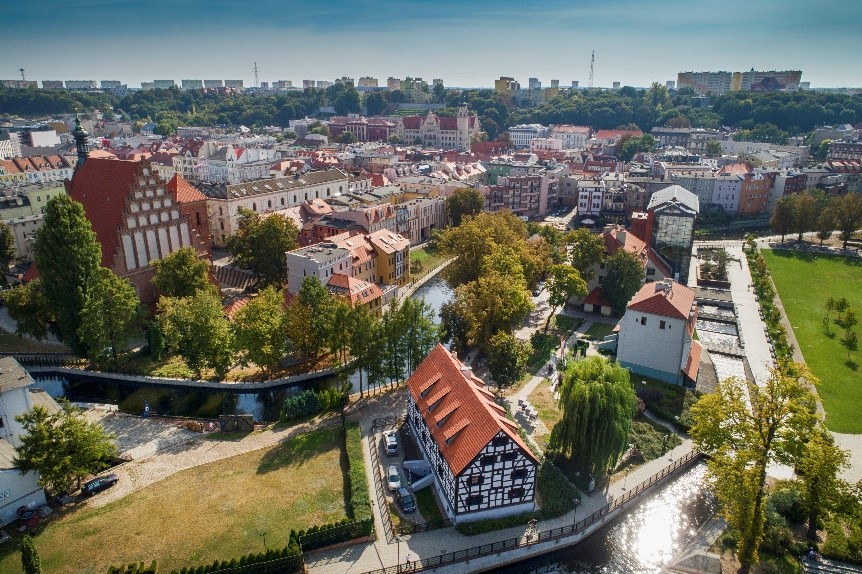 In 2030, Bydgoszcz will be a city where every resident will find appropriate conditions for development. It will be a city that provides the best solutions at every stage of life – a good place to live.
In 2030, Bydgoszcz will be a city where every resident will find appropriate conditions for development. It will be a city that provides the best solutions at every stage of life – a good place to live.
Vision of the City of Bydgoszcz, SECAP, 2021
Bydgoszcz adopted the “Sustainable Energy and Climate Action Plan 2030 (SECAP)” by resolution of the City Council on 27 October 2021. It is the second city in Poland, out of almost 80 declaring the same goals, that has realised this task. SECAP is a strategic document, important from the point of view of sustainable development as well as energy consumption. Its aim is to gain a detailed understanding of the energy situation of the city (or municipality) and to identify a range of actions to increase energy efficiency and reduce CO2 emissions. It is also a conscious step towards local adaptation to climate change.
Read more: The City of Bydgoszcz has adopted the Sustainable Energy and Climate Action Plan
 Energy management, transport and spatial planning in the municipality were discussed during another workshop organised within the MULTIPLY project in Sztum. On October 6th, after the workshop part of the event, the participants had an opportunity to take part in a study visit, during which they visited the Veolia Heat Plant in Sztum and a wind farm located on the premises of the municipality.
Energy management, transport and spatial planning in the municipality were discussed during another workshop organised within the MULTIPLY project in Sztum. On October 6th, after the workshop part of the event, the participants had an opportunity to take part in a study visit, during which they visited the Veolia Heat Plant in Sztum and a wind farm located on the premises of the municipality.
After welcoming the guests and representatives of the city participating in the project by Ms. Anna Jaskuła – Executive Director of the Association of Municipalities Polish Network “Energie Cités” and Mr. Leszek Tabor – Mayor of Sztum, the participants gathered in the boardroom of the magistrate’s office had an opportunity to recall the main assumptions of the project, its activities to date and the planned results. After a short introduction Ms. Patrycja Płonka – Project Manager of the Association of Municipalities Polish Network “Energie Cités” presented the political and legal framework of the energy transformation in the European Union and its influence on the situation and tasks of local governments in Poland.
Read more: MULTIPLY project workshop in Sztum and study visit.
 Sustainable urban and energy management were the main themes of this year’s seminar organised by the Association of Municipalities Polish Network “Energie Cités” in Jadwisin. From 30 June to 1 July 2021, after the difficult last few months, a wide group of representatives of Polish cities and municipalities, as well as experts, gathered to learn about the issues related to integrated urban planning and the use of renewable energy soures in district heating, both network and individual. The participants, had the opportunity not only to listen to expert presentations and to take part in panel discussions, but also to consult and exchange experiences in small groups during an interactive good practices session.
Sustainable urban and energy management were the main themes of this year’s seminar organised by the Association of Municipalities Polish Network “Energie Cités” in Jadwisin. From 30 June to 1 July 2021, after the difficult last few months, a wide group of representatives of Polish cities and municipalities, as well as experts, gathered to learn about the issues related to integrated urban planning and the use of renewable energy soures in district heating, both network and individual. The participants, had the opportunity not only to listen to expert presentations and to take part in panel discussions, but also to consult and exchange experiences in small groups during an interactive good practices session.
The seminary was kicked-off by Marek Bąbolski – Deputy Mayor of Serock, Adam Ruśniak – Deputy President of the Board of the Association of Municipalities Polish Network “Energie Cités” and Anna Jaskuła – Executive Director of the Office of the Association of Municipalities Polish Network “Energie Cités”.
Read more: Sustainable city and energy management – seminar in Jadwisin
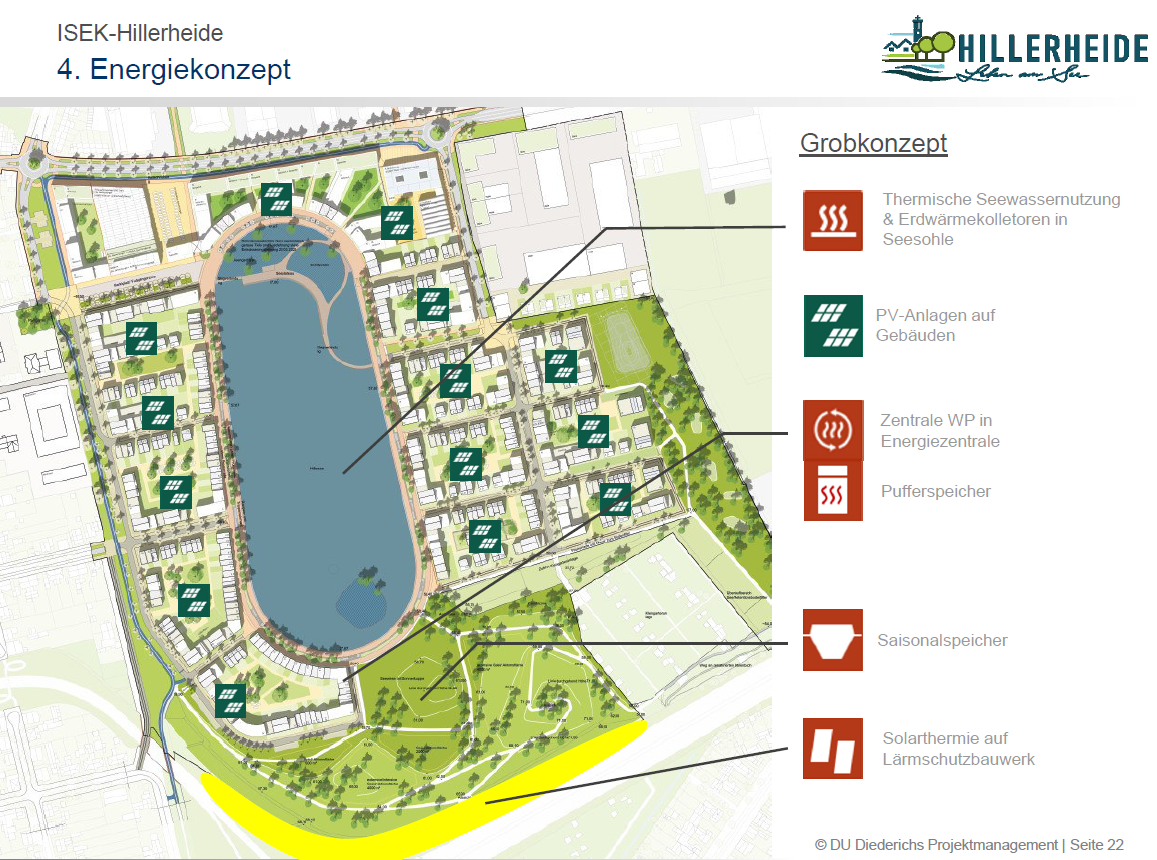 The city of Recklinghausen, with a population of around 120,000, is located in the northern Ruhr region in the German state of North Rhine-Westphalia.
The city of Recklinghausen, with a population of around 120,000, is located in the northern Ruhr region in the German state of North Rhine-Westphalia.
In 2013, the city commissioned an integrated district development concept for the existing Hillerheide neighborhood. The urban development focus is on the development of a former harness racing track with approximately 34 hectares as one of the last large conversion areas in the urban area.
 In December 2020, the Climate Protection and Energy Agency Baden-Württemberg (KEA-BW) published a guideline for municipal heat planning. After the October 2020 amendment to the Climate Protection Act in Baden-Württemberg, municipal heat planning for cities above a certain size became mandatory. The guide serves as orientation and assistance for municipalities in the preparation of a concrete plan for a heat transition strategy.
In December 2020, the Climate Protection and Energy Agency Baden-Württemberg (KEA-BW) published a guideline for municipal heat planning. After the October 2020 amendment to the Climate Protection Act in Baden-Württemberg, municipal heat planning for cities above a certain size became mandatory. The guide serves as orientation and assistance for municipalities in the preparation of a concrete plan for a heat transition strategy.
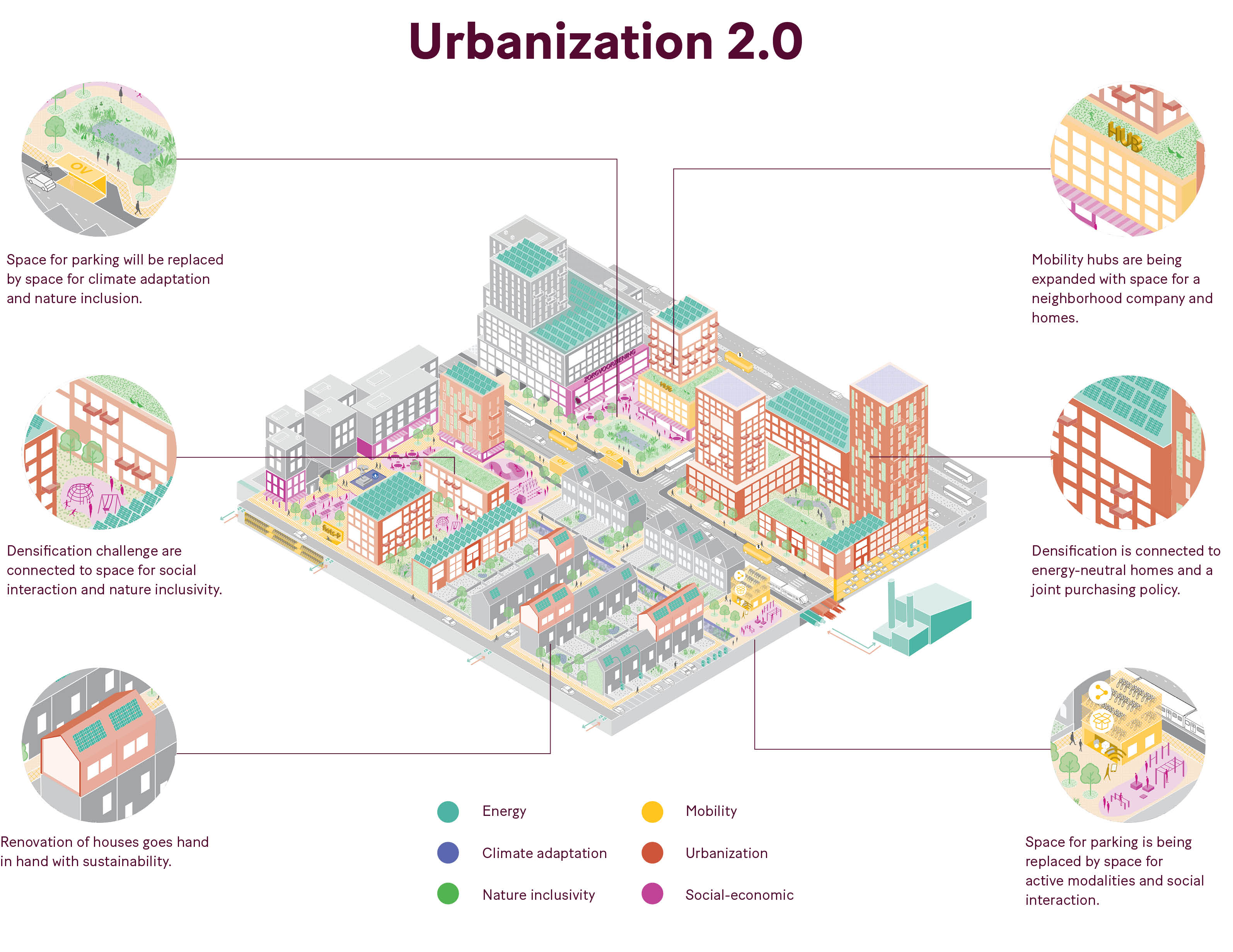 The Dutch design offices Generation.Energy and PosadMaxwan aim to stimulate integrated planning, i.e. planning that cuts across disciplines and silos in order to address a challenge within all its complexity. As part of MULTIPLY, the offices hosted expert workshops to share their experiences on integrated urban planning with all committed- and forerunner cities. During the Big European Exchange conference, Boris Hocks (the CEO of Generation.Energy) presented a number of projects that encourage sustainability through integrated planning and make cities more climate friendly and comfortable places to live in. One of these projects was the Integrated Neighborhood Strategy, which provides insight into the spatial claims of various transitions, and where efforts can be combined and implemented into strategic and implementable process.
The Dutch design offices Generation.Energy and PosadMaxwan aim to stimulate integrated planning, i.e. planning that cuts across disciplines and silos in order to address a challenge within all its complexity. As part of MULTIPLY, the offices hosted expert workshops to share their experiences on integrated urban planning with all committed- and forerunner cities. During the Big European Exchange conference, Boris Hocks (the CEO of Generation.Energy) presented a number of projects that encourage sustainability through integrated planning and make cities more climate friendly and comfortable places to live in. One of these projects was the Integrated Neighborhood Strategy, which provides insight into the spatial claims of various transitions, and where efforts can be combined and implemented into strategic and implementable process.
Read more: Beyond MULTIPLY: promoting integrated urban planning







